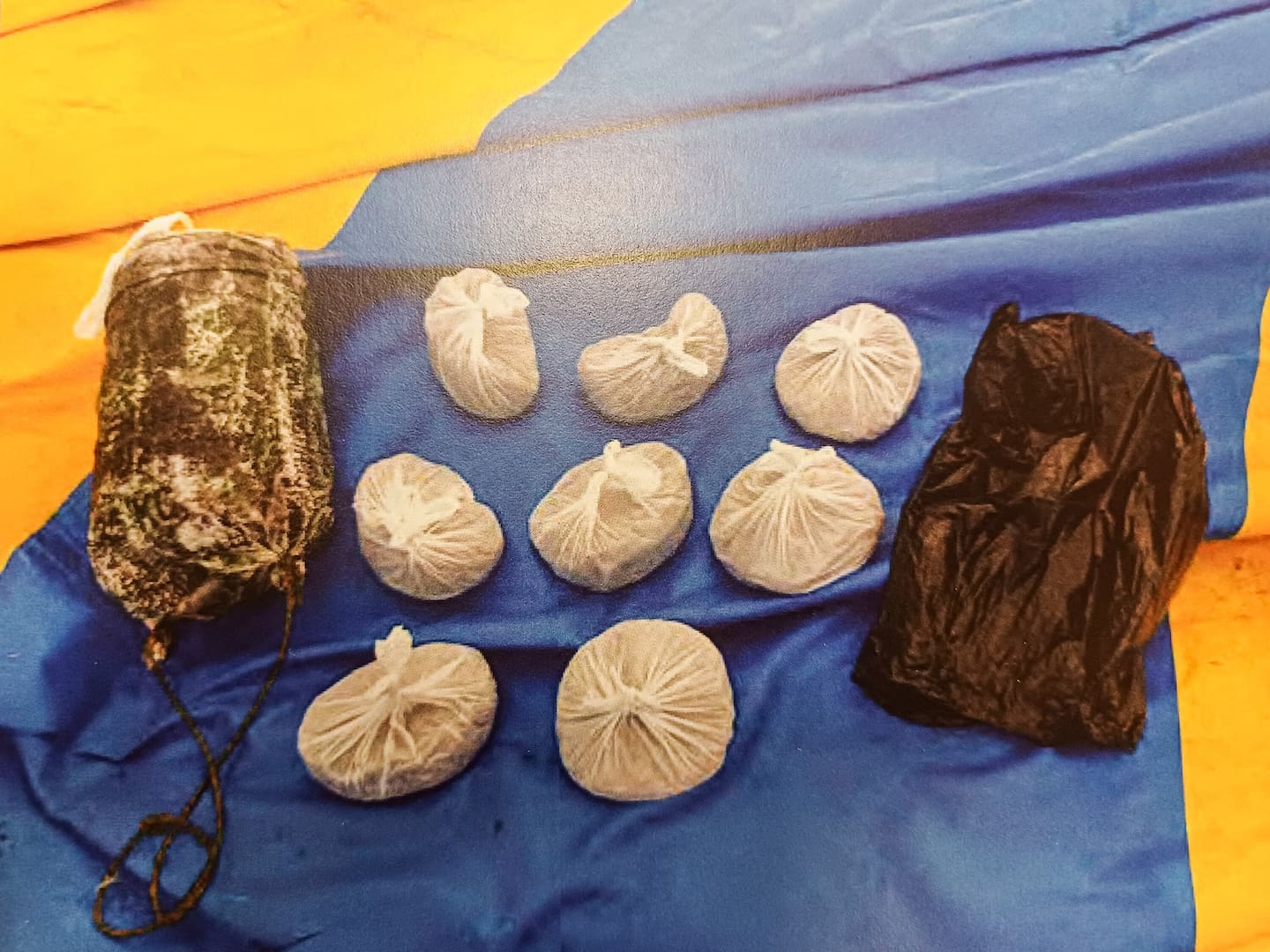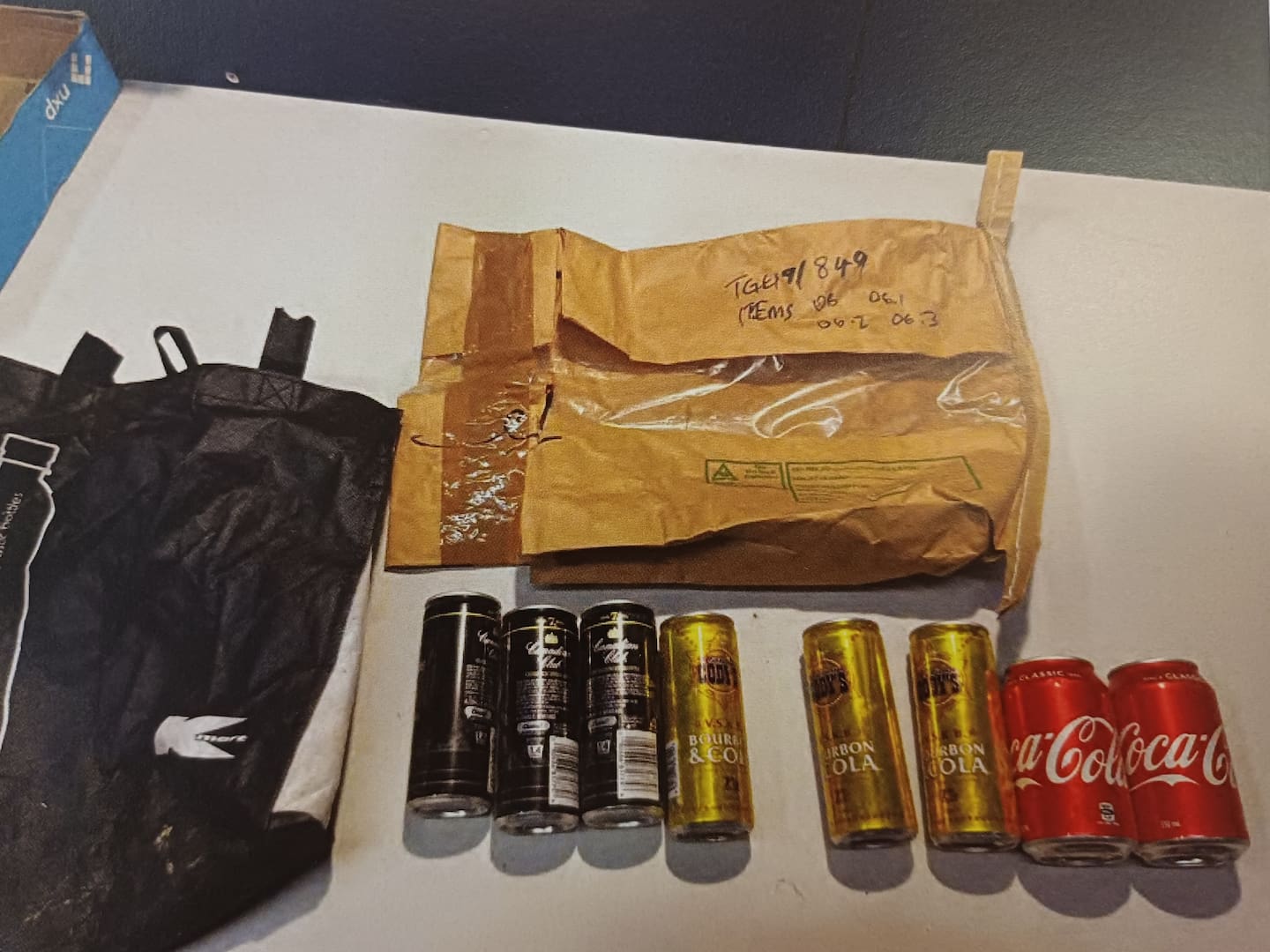

A man sobbed as a jury acquitted him on a serious drugs charge relating to the production of a substance used to make methamphetamine.
But when it came to other drug-related charges he faced, the jury was hung. They also reached the same verdict for the remaining charge faced by his partner.
It comes five years after police searched their property and discovered a suspected clandestine laboratory in the neighbouring bush, along with a suitcase of cash and buckets of cannabis hidden in the undergrowth.
The couple faced six charges related to and including the manufacture of methamphetamine and have been on trial for the past few weeks at the Tauranga District Court.
The charge the man was acquitted of related to the alleged production of pseudoephedrine - which is commonly used to make meth. The man was also charged with possession of equipment and materials used to manufacture meth, and cannabis for sale.
While the woman had previously faced those charges, they had been dismissed at the end of the Crown’s evidence, and just one joint charge remained - possession of cannabis for sale.
The jury wasn’t able to reach a unanimous verdict on the joint cannabis charge, however, nor on the remaining possession charges the man faced.
The other most serious charge the man had faced - that of manufacturing methamphetamine - had already been dismissed by the judge.
Charge dismissed
Judge Melinda Mason dismissed the charge of manufacturing methamphetamine due to a “technical chemical argument” - a lack of certain evidence of a particular chemical component, which needed to be present at the site for the Crown to prove methamphetamine could have been manufactured there.
The Crown’s case was the jury could determine the chemical had been there but had been used up, as there was an empty container that contained traces of the missing chemical.
The judge also referenced a lack of evidence of “byproducts”, or chemical waste, when she dismissed the charge.
She said it didn’t change the Crown’s case in terms of the inferences the jury was free to make, or not make, about the defendants’ connection to the alleged clandestine lab and the related items.
The police search
The trial centred on who knew about and operated the suspected lab - with the Crown alleging it only made sense for the lab, which was discovered in steep remote bush, to have been set up and operated by those living right next to it.
The man’s property bordered the bush where the lab was found and he was charged after a two-day search of his property in 2019.
The court heard the search stemmed from a wider investigation, known as Operation Abbey, targeting drug supply in Tauranga.
Police officers gave evidence of following a worn track leading from the man’s boundary fenceline into dense bush, where they found a “terraced” dugout.
They quickly identified it as a clandestine methamphetamine lab, covered in camouflage netting.

Police found a suspected clandestine lab, which included reaction devices and a six-burner barbecue, camouflaged in dense bush outside Tauranga.
The search also uncovered more than $120,000 cash in a suitcase and 14kg of cannabis, bagged up inside buckets that had been taped up, camouflaged and hidden in the undergrowth.
Too many coincidences, says Crown
The Crown’s case was the only scenario that made sense was the couple had set up the lab, or assisted in its set-up.
Crown prosecutor Ben Smith said there were too many coincidences linking the man, his partner and their dwelling to items found in the alleged lab.
Smith told the jury to recall evidence about the man’s capabilities - his experience in the bush and primary industries. He’d been strong and handy with tools - the court heard about his experience fixing cars, welding, and maintaining his rural property.
Smith said he had equipment on the property that would have been helpful to get the large and awkward lab items down the steep terrain into the bush, citing a tractor, chainsaws and a digger.
Smith detailed a string, or “constellation”, of coincidences that when viewed together weren’t coincidences.
Shopping lists read out to the court that had been retrieved from the woman’s diary had recurring items that, while fairly normal household items, were found in the lab.
Black tape, brown tape, buckets with lids, green and black spraypaint, leather work gloves and cans of drink.
White-lidded buckets the cannabis was hidden in, which were wrapped with brown tape, appeared to be a visual match to ones found in the shed and dwelling.

The Crown alleged the black and green spraypaint on the sacks covering buckets of cannabis, hidden in the undergrowth, provided a link to a couple charged with possession of cannabis for sale.
The large reaction device, allegedly used to produce pseudoephedrine, appeared to have been spraypainted with black and green paint, as had sacks that wrapped the buckets of cannabis.
Smith also reminded the jury of the evidence they’d heard about the time and date stamps on the bottom of cans - he said there were three separate matches to the minute of production across the lab and dwelling.

Cans seized from a suspected clan lab that the Crown says provide a link to the occupants who were living next to where the lab was uncovered in dense bush.
The Crown’s case was this couldn’t be mere coincidence - it indicated a person from the dwelling had been taking cans to the lab.
Police search ‘flawed’, defence says
However, the defence case was that the analysis of the cans, and the wider police investigation, was flawed.
Defence lawyer David Niven said in closing that police had a clear bias when they searched his client’s property.
Rather than trying to find information about who might have been accessing the property or operating the suspected lab, police had focused solely on trying to link the lab to his client.
He said they’d made assumptions of links, based on visual observations of items including strands of rope, that when tested by Environmental Science and Research proved either inconclusive or not from the same source.
He said police had failed to get other seized items tested by scientists, operating on assumption alone.
He was particularly critical of the police’s handling of frying pans that were found in the clandestine lab, one of which police found had his client’s fingerprint.
That frying pan had been one of three the Crown suggests were of the same type as one found up in the dwelling, in a dishwasher, but Niven said this was never confirmed, as police did not ascertain specific make or model, asking the jury to rely entirely on a comparison of photos taken during the search.
He criticised the lack of notes around the handling of the frying pan, and the timing of when the fingerprint was lifted, and suggested the jury couldn’t exclude that the frying pan could have come from somewhere else on the site, not from the alleged clan lab.
The defence case is that two men, who were known to the defendants and frequent visitors to the property, could have set up the lab without the couple’s knowledge.
The defence pointed to their history of drug offending.
However the Crown said it would have been a strange choice for the pair to use a property that had people both living there, and where there was a home-based business.
Smith said the couple’s coming and going would have been a risk, not an opportunity, as they would be gone for unpredictable lengths of time and could return at any moment.
They’d have risked the suspected lab being discovered by the couple, or being caught accessing it.
He noted that while the pair had convictions for drug dealing, they had none for the manufacture of methamphetamine.
Niven said there was too much doubt, and the jury couldn’t be sure the pair weren’t the operators of the clandestine lab.
Hannah Bartlett is a Tauranga-based Open Justice reporter at NZME. She previously covered court and local government for the Nelson Mail, and before that was a radio reporter at Newstalk ZB.

Take your Radio, Podcasts and Music with you









